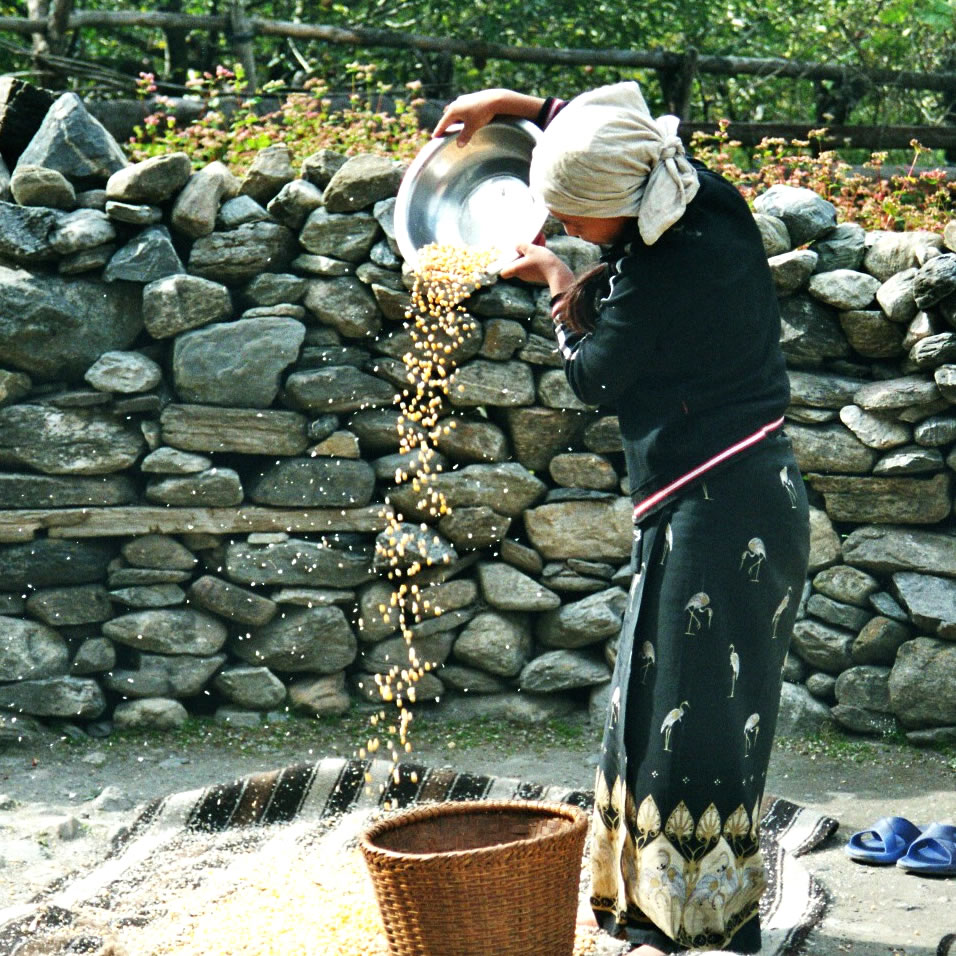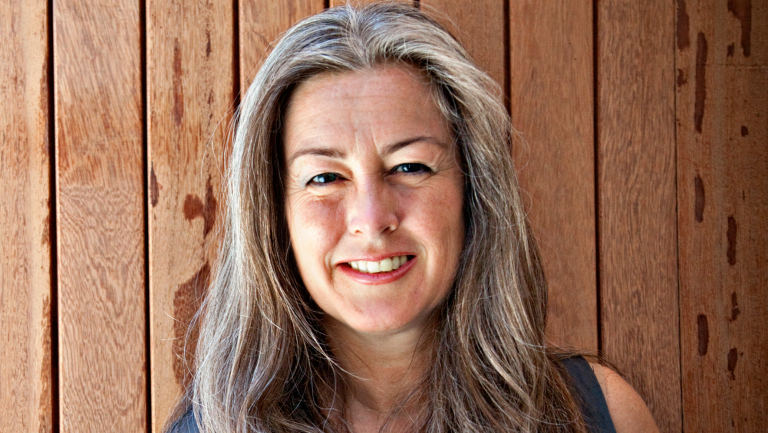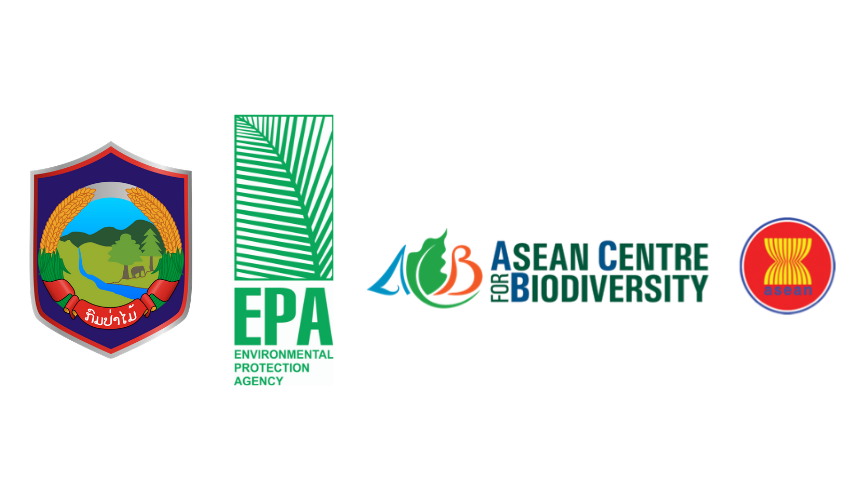Knowledge drives action
The ground-breaking work of IUCN’s six commissions is highlighted in the latest issue of the journal S.A.P.I.EN.S.

Photo: Georgina Peard
Set up as “networks of expert volunteers entrusted to develop and advance the institutional knowledge, experience and objectives of IUCN”, the Commissions enable IUCN to link to cutting-edge science to advance knowledge and learning.
SAPIENS (Surveys and Perspectives Integrating Environment and Society), is a peer-reviewed, open access, multidisciplinary journal focused on integrating knowledge to promote sustainability research.
This special issue shows how knowledge drives action. It explores how the knowledge generated by the Species Survival Commission (SSC) is helping fight the global biodiversity crisis through the examples of amphibians worldwide and mammals in South-East Asia; how the debate in the Commission on Environmental Law on the so-called “non-regression principle” is pushing the boundaries of law and policy; and how the Commission on Ecosystem Management is tackling existing knowledge gaps on the status of the world’s ecosystems.
The World Commission on Protected Areas presents its work on defining and applying the new concept of “nature-based solutions” to global challenges while the Commission on Environmental, Economic and Social Policy focuses on an emerging framework for sustainable rural development.
Last but not least, the Commission on Education and Communication looks at pathways to resilient people and a resilient planet.
“There is no question that the need for up-to-the-minute, user-friendly and comprehensive knowledge about biodiversity is greater now than it was 50 years ago when the first IUCN Commission, the SSC, was born,” says IUCN Director General, Julia Marton-Lefèvre.
“What we also need more than ever today is to reach out beyond the conservation community, to other scientific and academic networks – and this is precisely what we are hoping to achieve through this joint publication between IUCN and the Institut Veolia Environnement.”



